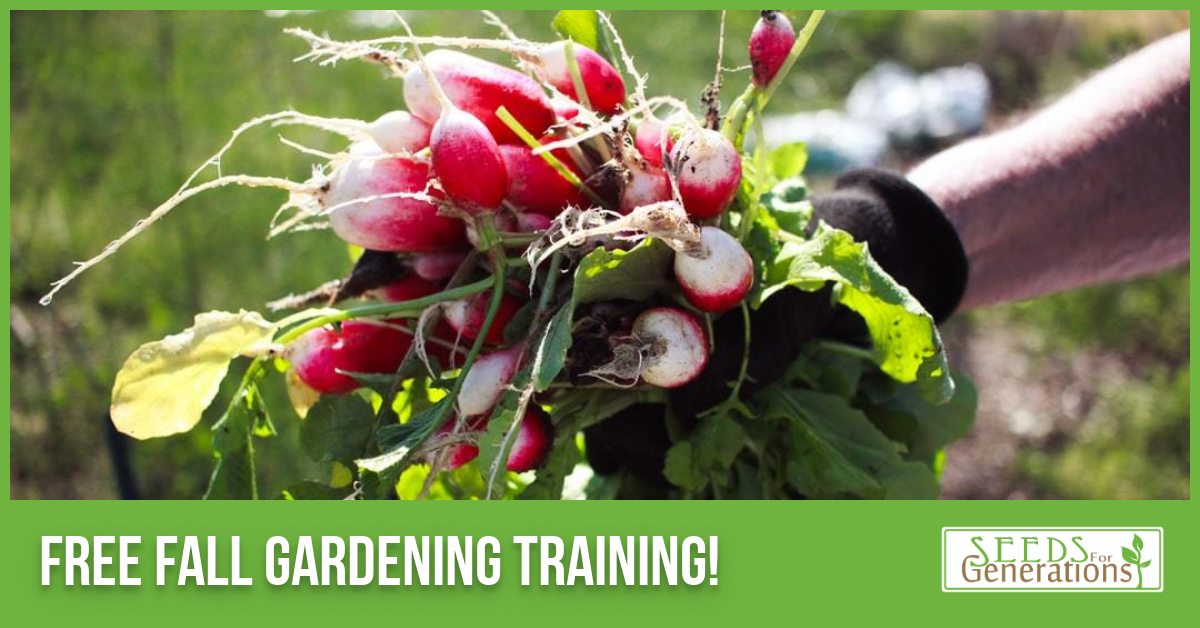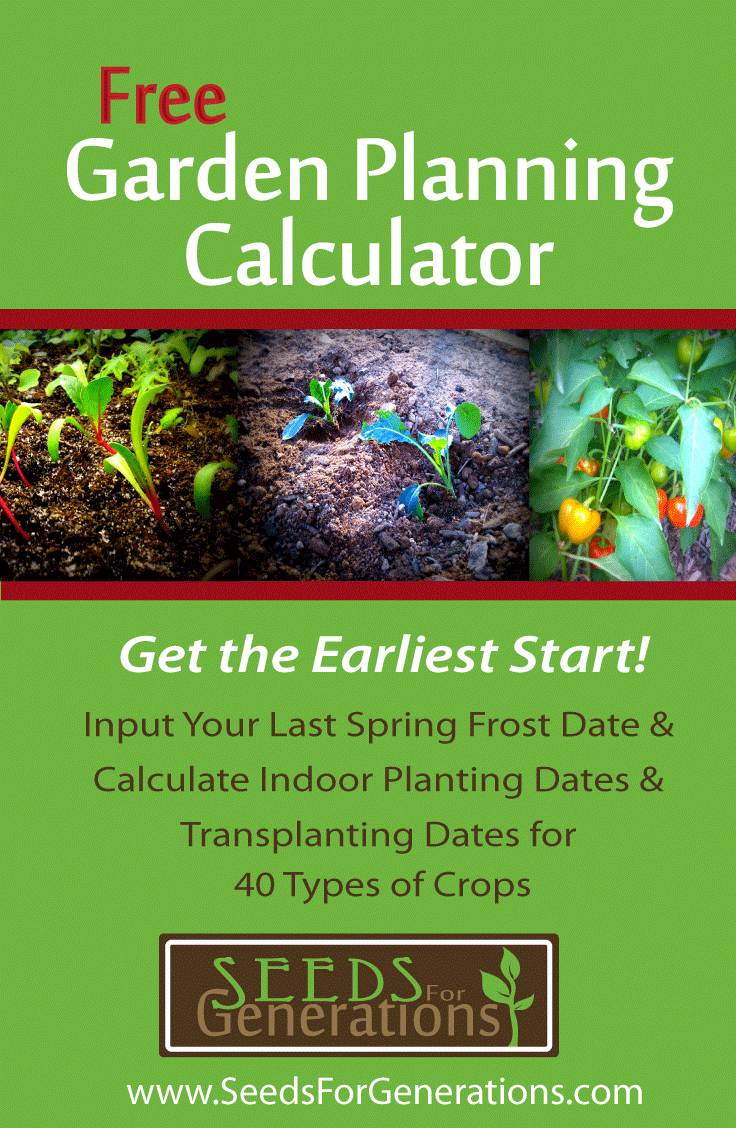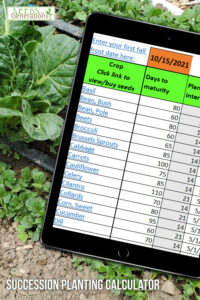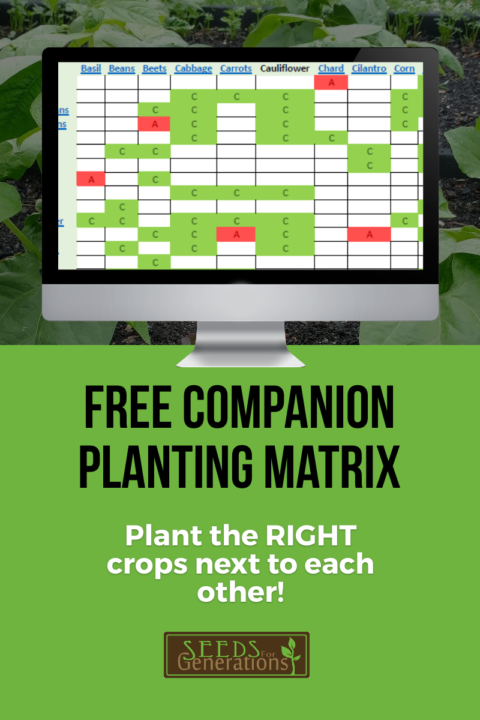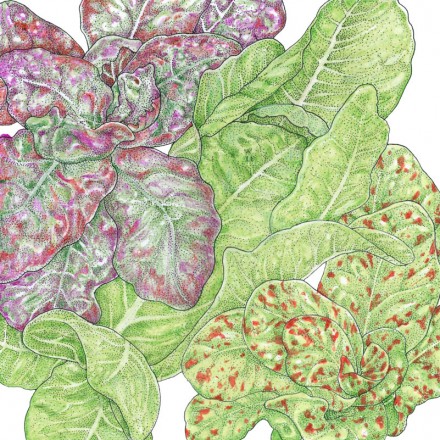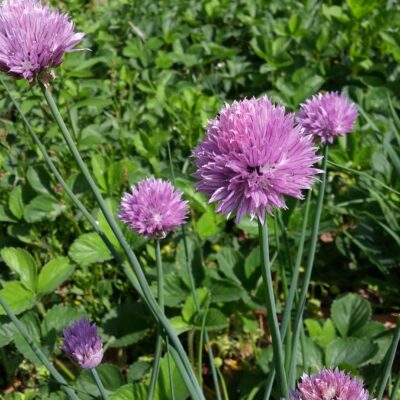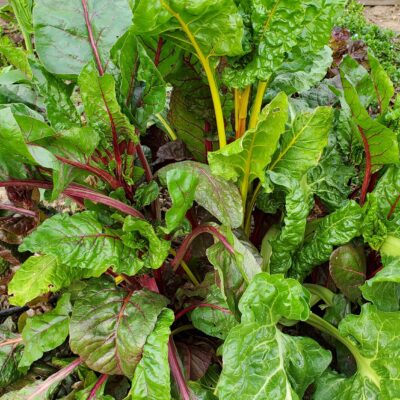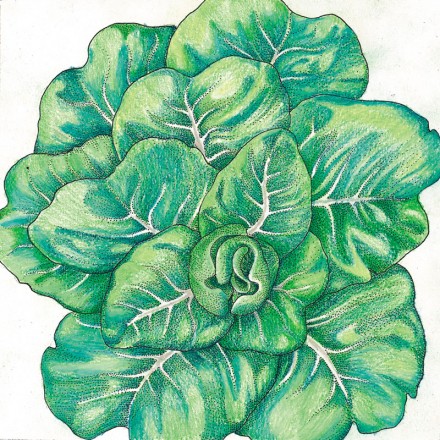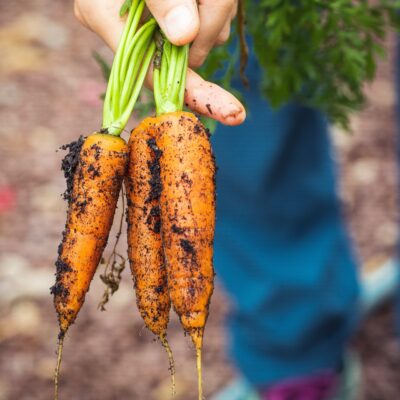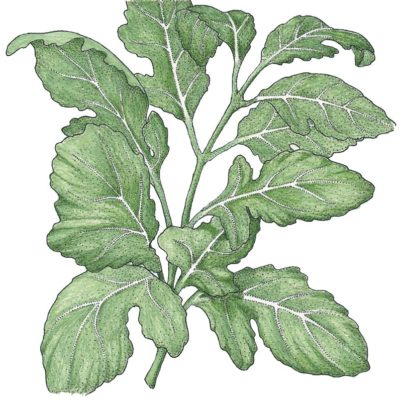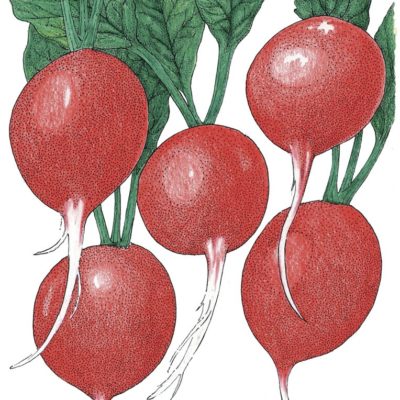Disclosure: The links in this post may be affiliate links. If you purchase any products after clicking on these links, at no additional cost to you, Seeds for Generations may receive a small commission for making you aware of these important resources.
At a certain point in the fall gardening journey, it starts looking more like winter than autumn. You can hardly see leaves on the trees anymore, and you keep waking up to thicker and thicker frosts every morning. Even though winter is coming fast, it’s not time to hand over your fall garden yet!
With a little season extension, you might even harvest vegetables into the winter, depending on where you live.
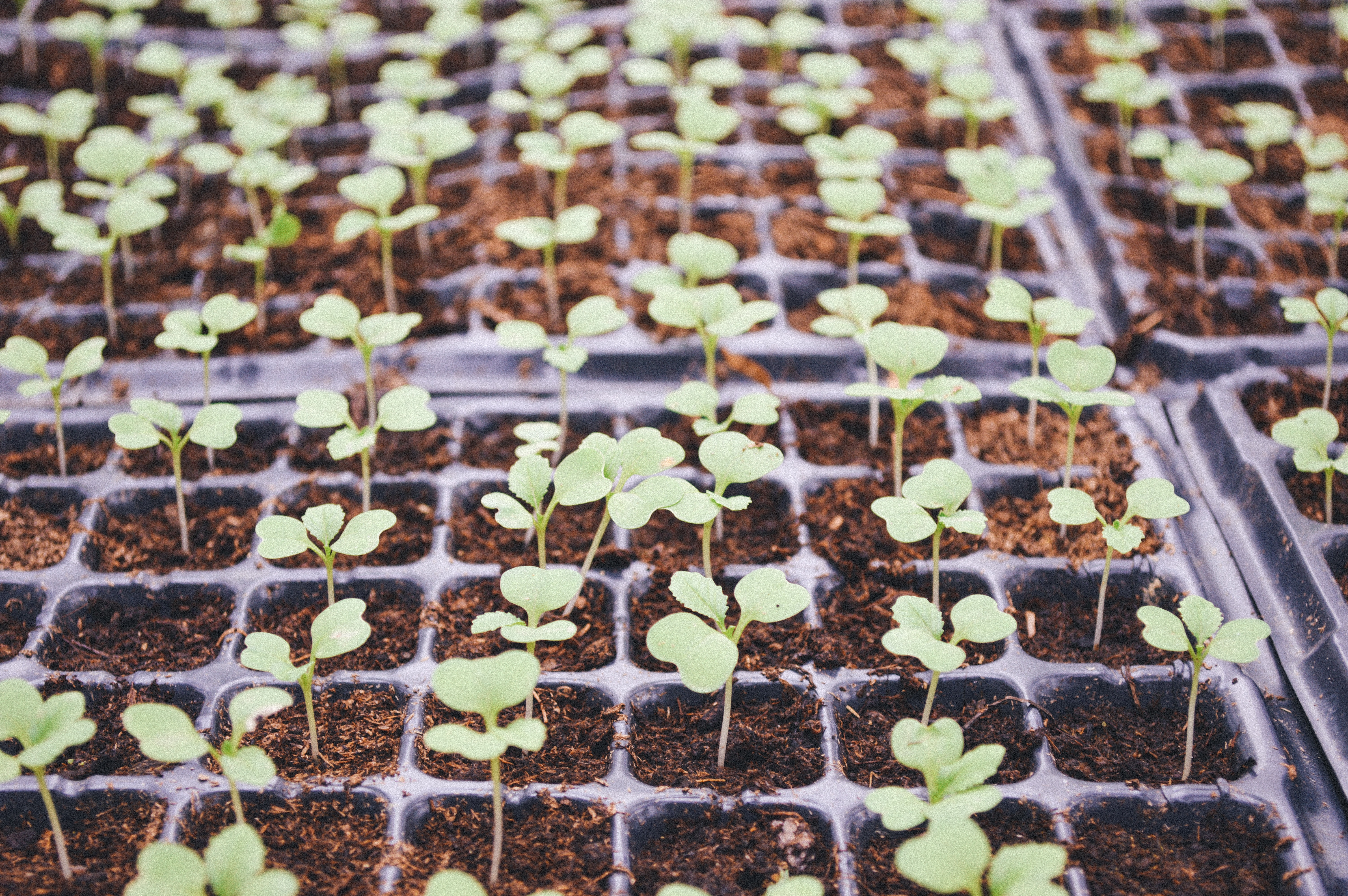
Transplanting
Most people don’t think of transplanting as a form of season extension. But if you’re growing crops like broccoli, which already require a head start during harsh weather, transplanting could really increase your garden’s productivity. Anyone can transplant!
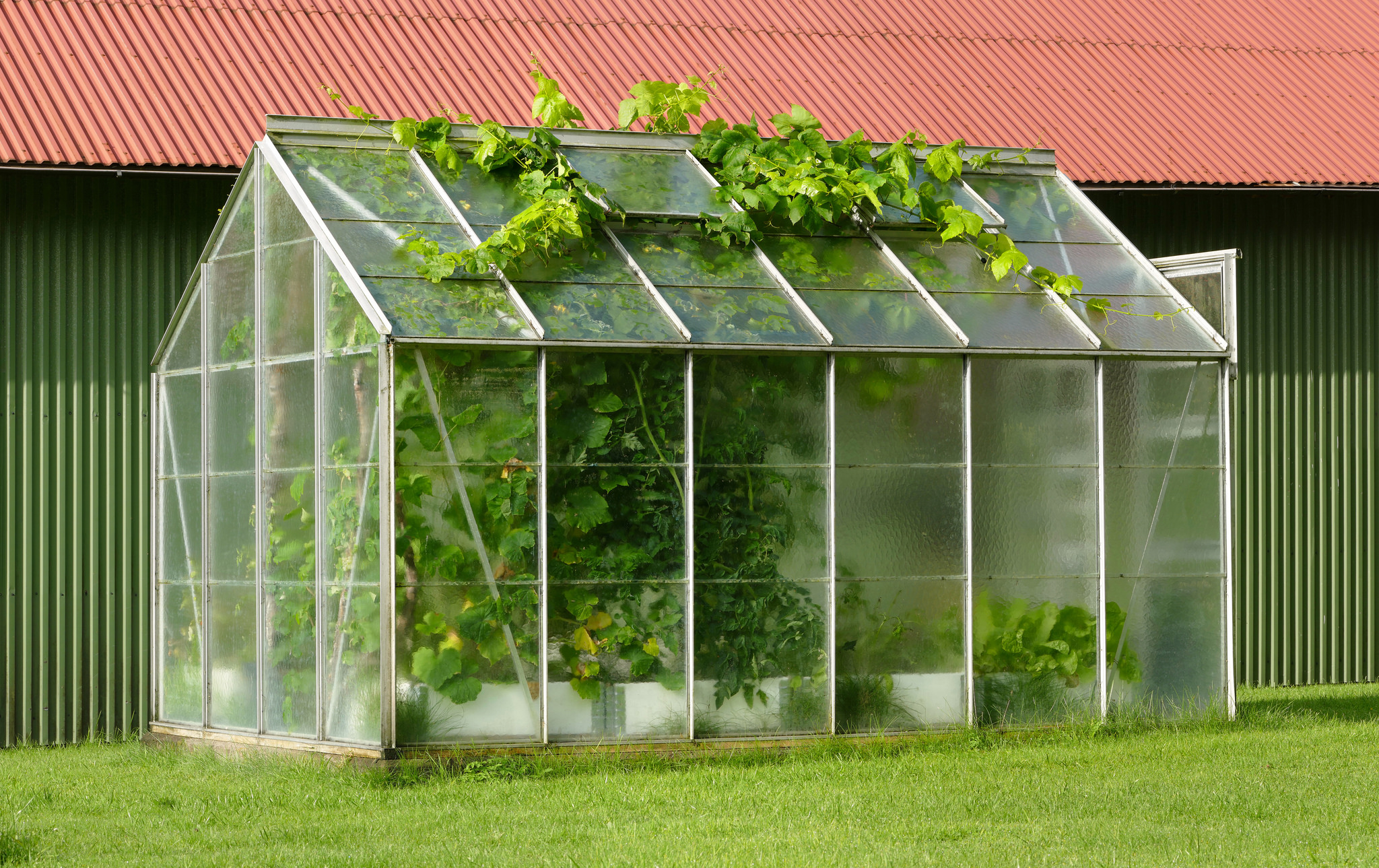
Frost Protection Methods
Greenhouses
Get a commercial greenhouse or make your own. Sometimes called high tunnels or hoophouses (for those with arched framing members), the only difference between a greenhouse and other season extension methods is that you can actually walk into a greenhouse. A greenhouse may be heated or unheated, but it always protects plants from cold weather.
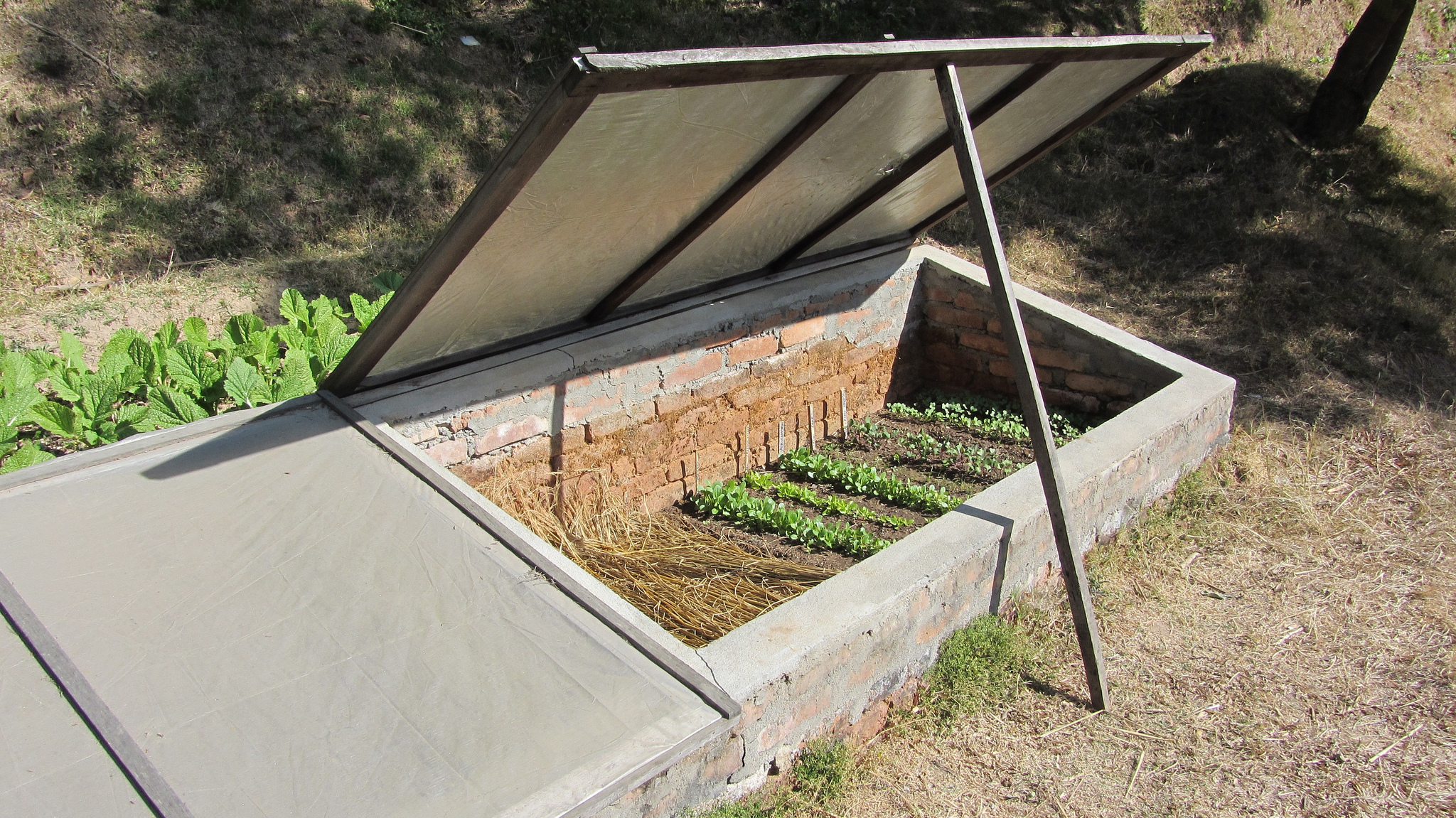
Cold Frames
Get a commercial or homemade cold frame. These consist of a frame layered with plastic or glass, almost like a mini-greenhouse. If you’re making your own, you can use straw bales and old storm windows to build one. (Just remember that the glass can break and stacked straw bales may attract mice.)
In addition to protecting the plants from cold, you can also stabilize the temps inside a cold frame by adding thermal mass. For example, you can fill jugs of water with water that’s been dyed black with black walnut husks. Place them around or inside your cold frame, and they will absorb heat during the day and release heat at night. Even just a few jugs may increase chance for a successful growing period.
If you’d like to learn more about this idea, check out Mike Oehler’s “The Earth Sheltered Greenhouse” book.
Hot Frame
A hot frame is a cold frame with a heat source underneath. You can create a hot frame with compost, too.
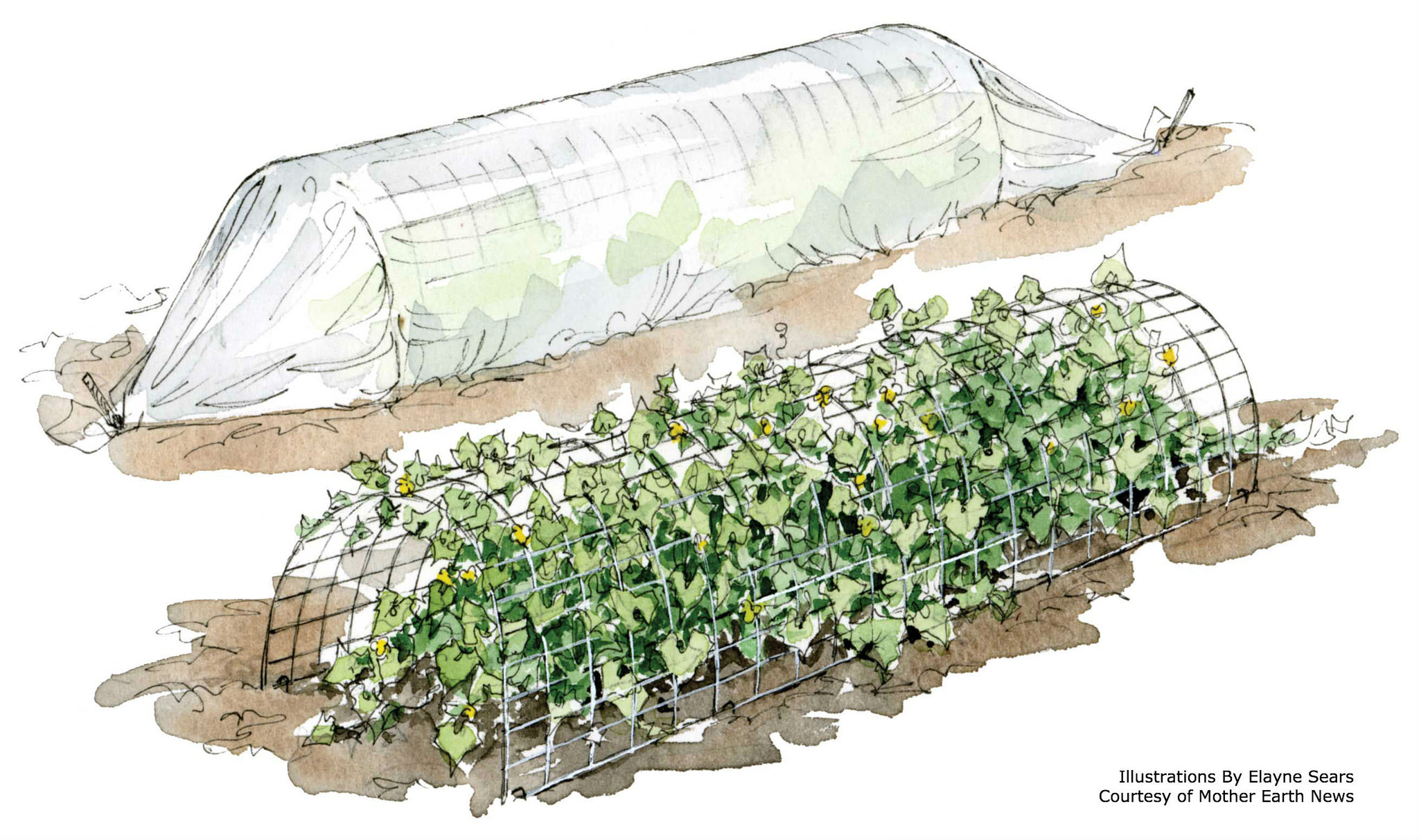
Low Tunnels
We’re getting lower to the ground now. A low tunnel is made by spreading plastic or white fabric over hoops. You can create hoops using wire, PVC pipe, or fiberglass. Lost Creek sells a low tunnel hoop bender that allows you make EMT conduit into hoops. EMT conduit can be used much longer than PVC.
White cloth is a mesh fabric that allows water through and lets the tunnel breathe. If you go shopping for white fabric, you’ll find different grades. Each grade is rated for a certain temperatures. Pick the grade that fits best with your microclimate and what you’re growing. As you move up in protection degrees, you move down in water and sunlight penetration.
Eliot Coleman has written excellent books about season extension, and you can check out Eliot’s books here. Eliot lives in Maine and grows crop off-season using low tunnels in a greenhouse (double insulation).
Just like Eliot, you can incorporate other techniques with low tunnels. For example, build side walls with straw bales, creating a raised bed with a built-in windbreak. If the soil needs amended, create composting spots that will also generate heat.
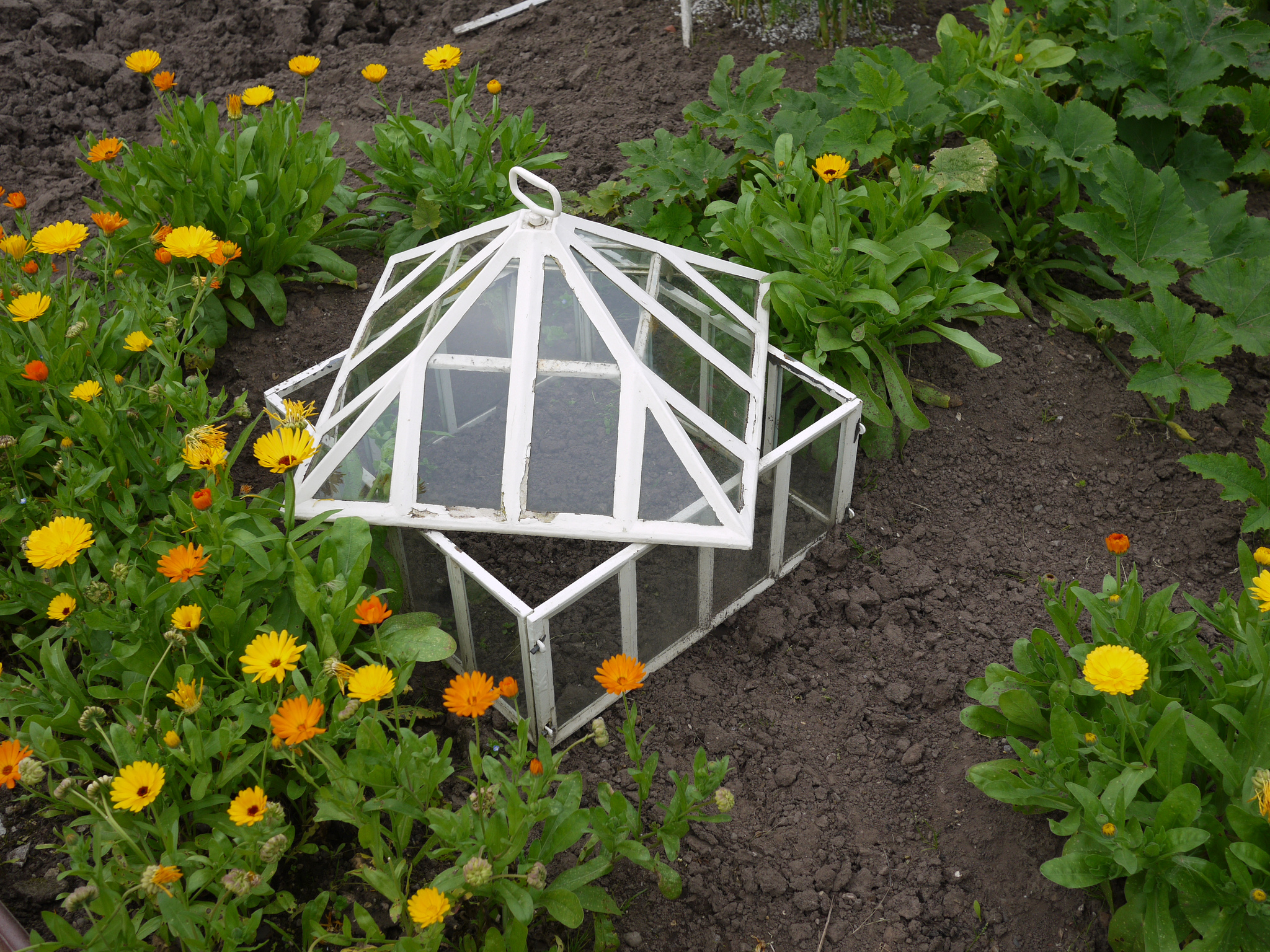
Cloches
You don’t see these as often in America, but they’re used in Europe. Traditionally, they’re a bell-shaped glass enclosure that you place over a plant, almost like a tiny greenhouse. You can use a plastic jug, glass, jar, or plastic container from a salad mix. Just remember to cut a ventilation hole!
For an added bit of heat, position the cloches against a structure, especially a structure with a heat mass, such as the south outer wall of a house.
Conclusion – Season Extension
Congratulations! You now know how to plant, grow, and protect a successful fall garden. Once you start harvesting crops from your garden, send us a photo. We love seeing your hard work bringing a harvest in the cooler months! Here are some seeds to get you started.
Photo Credits:
- Michael Cornelius – Cold Frame
- ISED Solutions – Low Tunnels
- Smabs Sputzer – Cloche
Read the Rest of this Fall Gardening Series:



